Iris Millot: Photographing Disappearance
"Iris Millot's work takes us on a unique journey into Hélène's universe and her relationship with herself, her work, the women's movement, and the world, in an astonishing way."

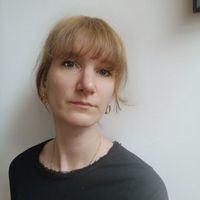
A young photographer looks at an old friend, a feminist activist who withdrew from the world 40 years ago to live alone on a farm. Dior Art of Color Photography Award-winner Iris Millot’s sensitive and poignant lens captures fragments of a life descending into oblivion while looking for new forms of transmission, Millot's own modern images dialoguing with found photos from her subject’s archive. Below, a conversation between Millot and Marie Claire International Chief Content Officer Galia Loupan-Richard.
All your photos have a woman named Hélène as their subject. Who is she? How did you come to photograph her?
Hélène is my great-aunt. I was very close to her when I was a little girl, I loved her deeply. She lives in the middle of nowhere, in an old farmhouse which she has worked alone for almost 40 years. She has fascinated me for as long as I can remember. Something of that childhood curiosity had always stayed with me, even though I hadn't seen her in twelve years. When I saw her again, it was like meeting her for the first time all over again, as an adult this time. Forty years ago, Hélène had been an activist, deeply involved in the Women's Liberation Movement, and when I went to visit her, France was in turmoil, social upheaval. It resonated with her, with her past.
She told me all her stories; it was like opening a treasure chest of knowledge. She has a unique way of living. She has lived alone for 40 years, something that is quite uncommon, and greatly interested me. We opened her archives. She had written in notebooks every day for over 50 years, and we read her life story through those notebooks. It was very important; she truly opened up to me, trusted me.
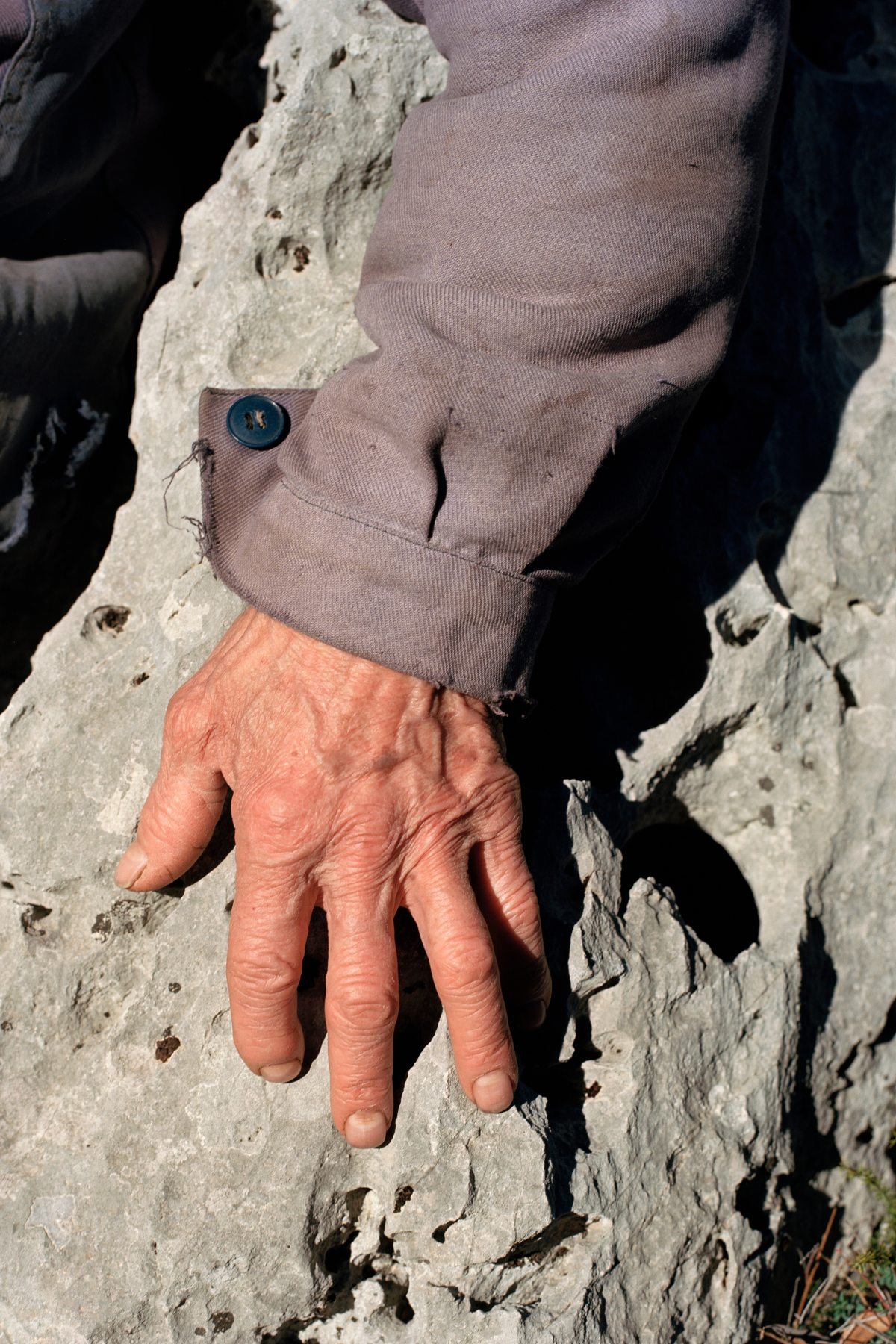
"What's incredible about this space is that it is expansive, covered in forests. It is utopian in a way, immense, with this incredible surplus of nature. And at the same time, it can be a harsh, confining space. This tension, this contradiction, that’s what interests me."
Compelling, vulnerable, profound, perceptive, creative, and inspiring. Iris Millot's work takes us on a unique journey into Hélène's universe and her relationship with herself, her work, the women's movement, and the world, in an astonishing way. I congratulate the winner for the well-deserved award and may she be an ever-increasing inspiration for all of us.
Rafael Pavarotti
And how did it feel for you to return to this place from your childhood, a place once loved, then lost?
I was afraid that everything would have changed, that even she herself would be different, and yet in the end it felt mostly the same. I began rediscovering that huge place alongside her. By being in her presence, I understood how remarkably unique she is, and I felt a need to listen to her, to write things based on what I heard, to create something about this space.
I’d been thinking about this project for three years, but only recently took it on. I don't think it's a coincidence that it took some time. The things closest to us are the ones that carry and preoccupy us, that connect things together, but it takes distance to see it.
Get exclusive access to fashion and beauty trends, hot-off-the-press celebrity news, and more.
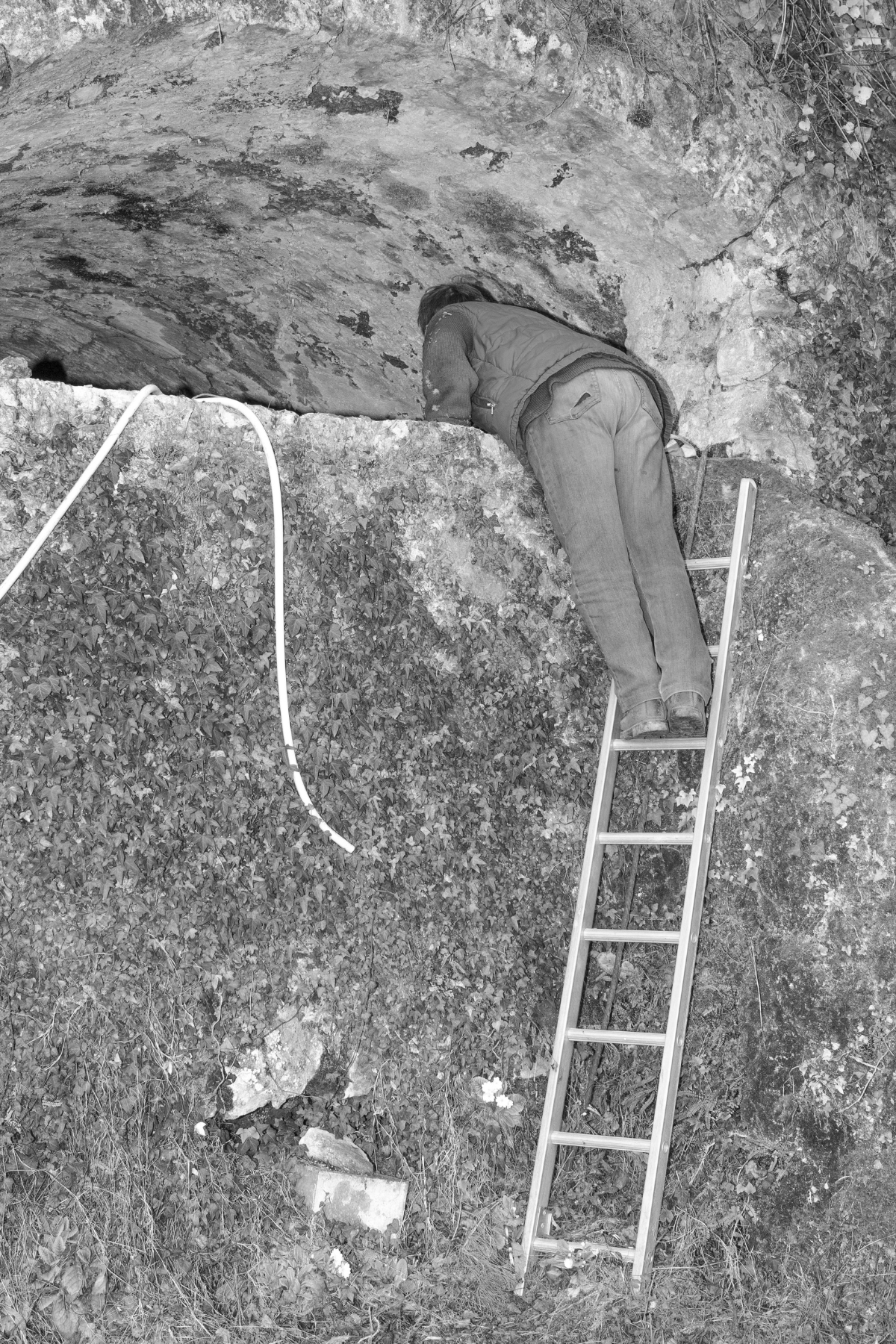
"There is something sad about this place, these practices that are disappearing. She doesn't have running water; she relies on springs for her water supply. And with climate change, there is less and less water. Here, she is looking at the water level on the surface of the well. There is a fear of running out of water. There is a sense of danger, a life that is bound to disappear… You see how an individual on a small scale can open the conversation about much broader issues."
You have a rather naturalistic approach, yet there is something very crisp, very finished in what you offer.
I was interested in building something that is not quite a documentary but not entirely fictional either. In this place, there is a kind of archaeological depth, stories layered on top of each other like soil. The first layer is her activist past. The second is her 40-year practice of working the land. And on top of that, there is the story of a woman who has lived in great solitude and yet remains perturbed by everything happening today, convinced that we, the young, must continue to care and to act. At 77 years old, she’s still just as determined and rebellious. She’s still a fighter, even though she lives detached from the world. This all made it a truly beautiful and emotionally intense encounter.
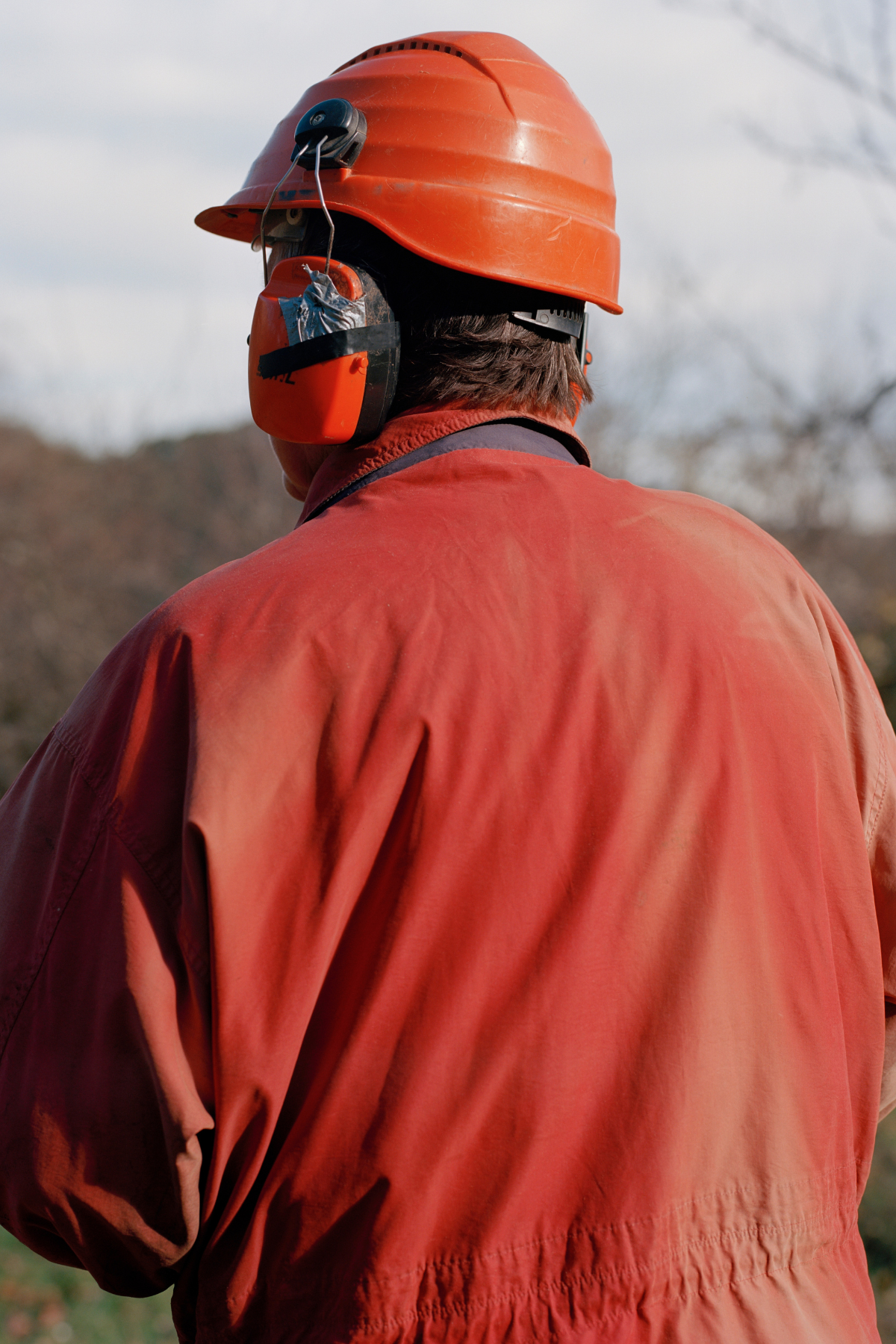
"This is one of the first images I took of her, and every time I show this image, people think it's a man. I find this ambiguity really amusing. Even she, when she saw this photo of herself, chuckled and said, "Oh! It looks like a man!" We laugh about it because what difference does it make? Who cares?"
What attracted me in Iris’s work, was that it was complete. The narrative was captivating, original, and authentic. The photography is great, as well in color as in Black and White, her still-lives as well as her ‘alive’ shots, she has a great eye for composition without losing the soul of what she tries to say.
Peter Philips
Tell us about your practice. How do you take your photos?
I realized that I was photographing something vanishing in front of me. It's as if my images are gathering the traces of what remains. The concept of traces fascinates me. In my work, I fragment the space, I cut it up. That's why I use flash so much.
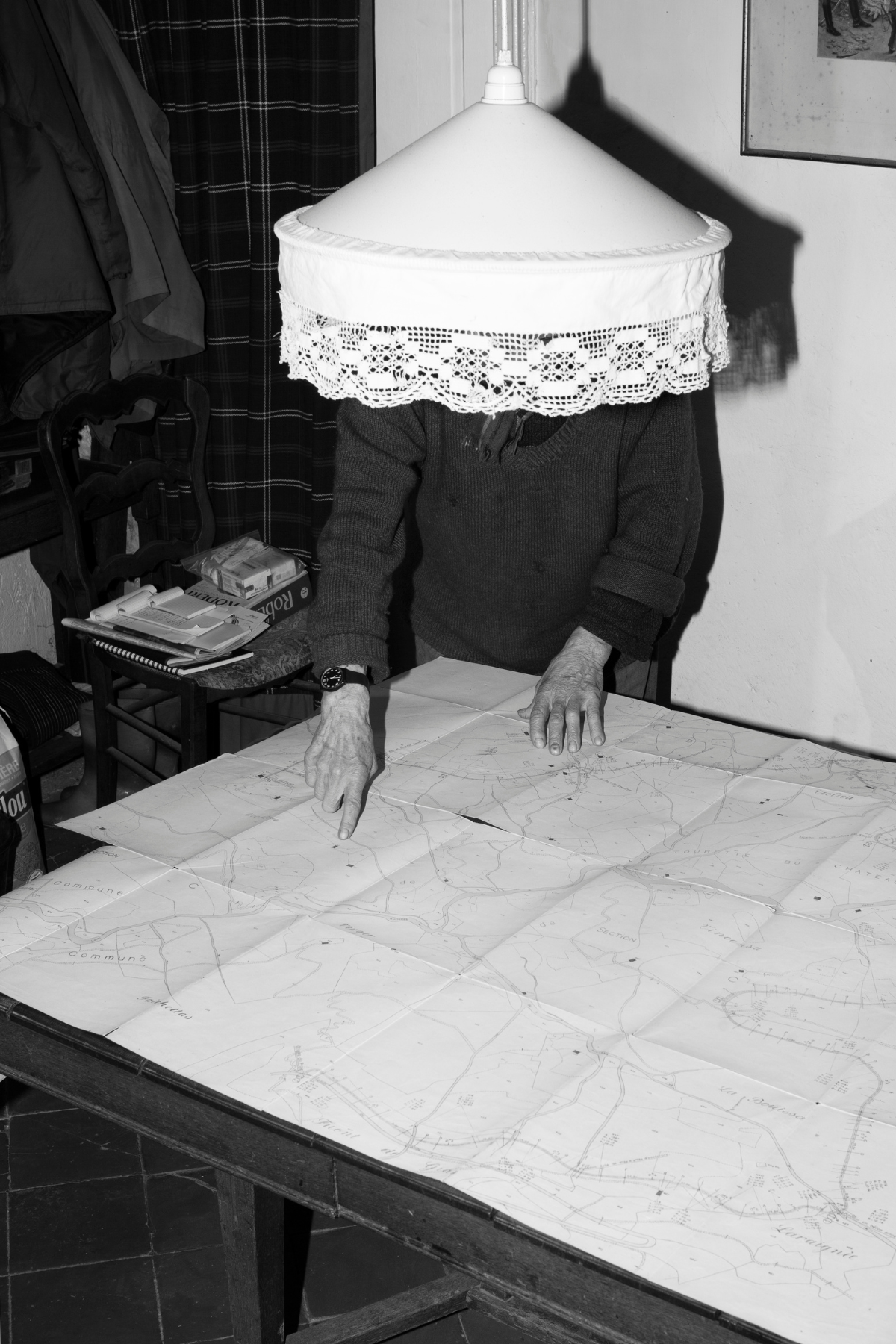
"I can’t tell you why I choose color or black and white. I need to maintain instinctiveness when taking photographs, I don’t want to plan everything in advance. Even though, whenever I'm faced with something, I inevitably construct it through flash, framing, and fragmentation. But I want to preserve the fact that my work is primarily eyes attracted to an object. I want us to focus more on the objects in this image."
And what does your work say about you? After all, there are two people in these images, Hélène and Iris...
I wanted to reconstruct a kind of set, based on what I projected into this space, on what she told me. This question of the set design interests me greatly, the act of constructing sets from fragments, from seemingly ordinary things. I live in this ambiguity: my images can appear staged, even though that's mostly not the case. Building my images like this, the fact that you never really see this farmhouse, it served as a backdrop for projecting my own motifs. I also had the desire to shift away from a certain reality, to reconstruct a story, a narrative. I like to question the fragility of memory, and thus the significant role that narrative can play. She lives alone, she has no children. Her path to transmission is accumulating archives, doing her work; and for me, recording her as she tells stories, reading her notebooks, making images. While working, I realized that I was immersing myself in the realm of the narrative. That's what Hélène represents, the fact that she carries numerous narratives. It is important for me to look at what she has carries within her through fresh eyes. To start from simple things. To attempt to write these stories and pass them down.
Iris Millot's work is a powerful transcription of the political into the personal through attention to local places and spaces. Connecting her family history with the politics of feminism and the landscape, she brings a rare poetry to the everyday which reminds us the social importance of family histories.
Simon Baker

"I rarely manipulate my images, and I like that ambiguity. Sometimes it may seem like I have rearranged things. This suitcase is funny; it was when we had just started opening up her archives. That was the moment when I realized it would be interesting to work on the interactions between what I extracted from here, and what I recreated physically by making images."

Galia Loupan is the chief content officer of Marie Claire International, working on brand identity and coordinating content collaboration across Marie Claire editions around the world, including France, the UK, Russia, China, Australia, Argentina, and Turkey, among other countries. She is based in France.